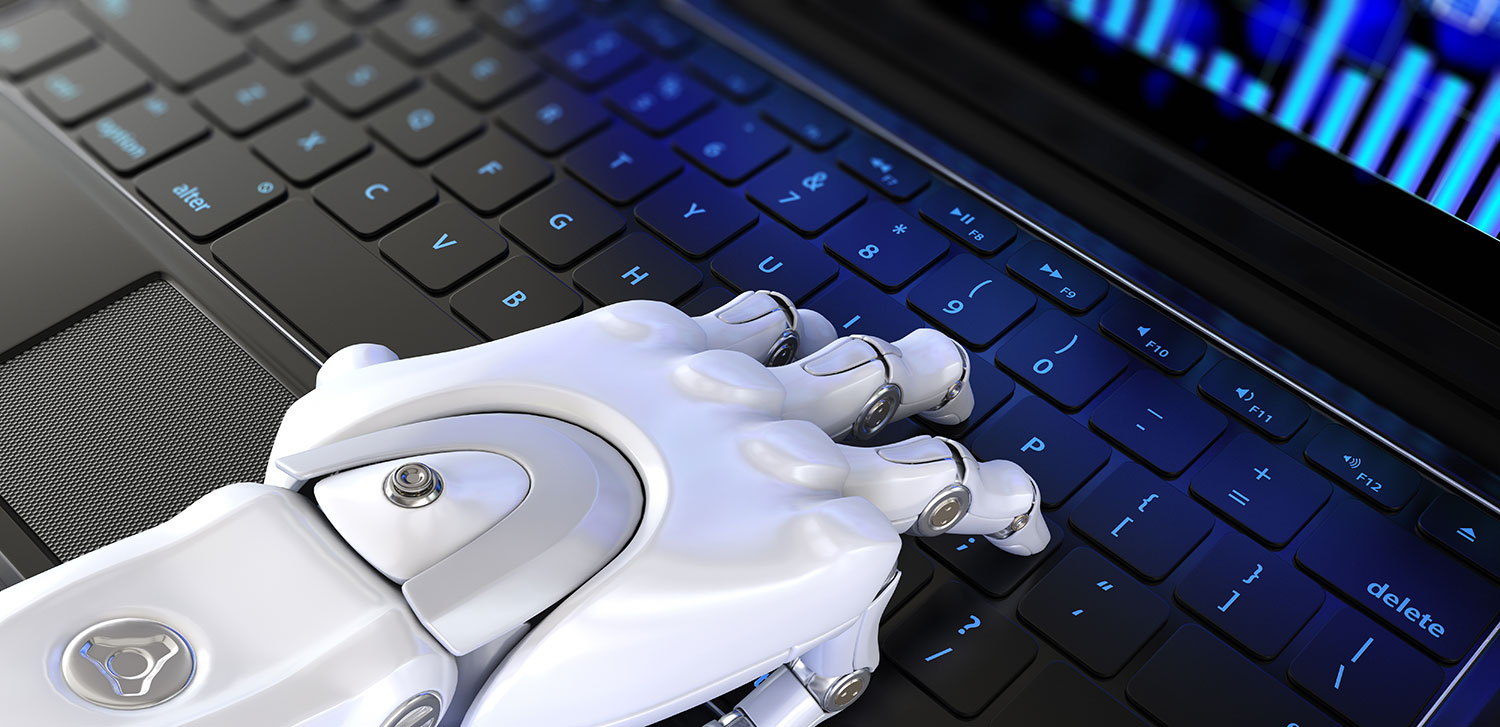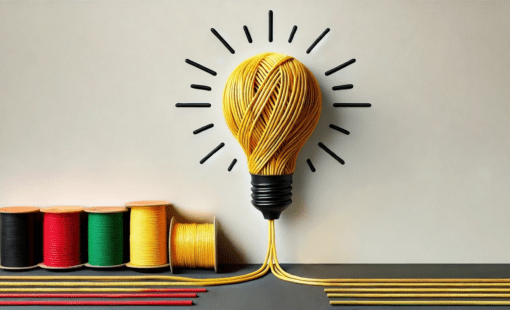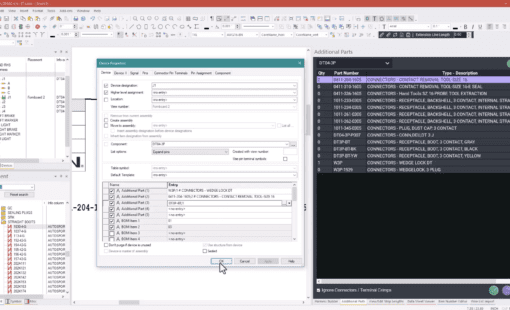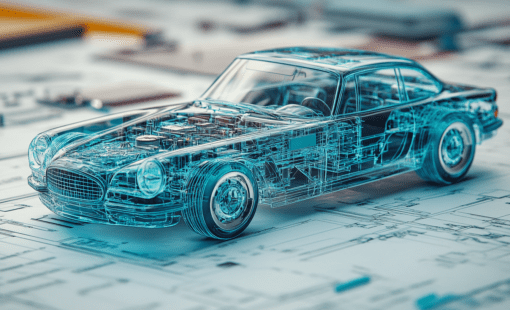 The API (aka COM interface) gets the final spot in our top 10 series. There was no order or ranking for this list as such but this is one of my beloved features. It gives access to an abundant list of functions that can control almost all aspects of the design environment. You are able to access the API using the internal VBScript engine or the standard ‘.NET’ interface and connect to the application.
The API (aka COM interface) gets the final spot in our top 10 series. There was no order or ranking for this list as such but this is one of my beloved features. It gives access to an abundant list of functions that can control almost all aspects of the design environment. You are able to access the API using the internal VBScript engine or the standard ‘.NET’ interface and connect to the application.
We covered “Ease of Use and Time Savings” in Top 10 Part 1 and “Cross-functional Productivity and Quality” in Top 10 part 2, Here in Part 3 we’ll discuss the flexibility and functional additions that a robust Application Programming Interface (API) brings into the equation. The challenge with an API is that the level of access provided by applications differs widely; not all are made the same. Fortunately, E3.series stands out with its unparalleled access to the core functionality of the software through its API.
The latest release expands access to include automatic selection of cavity/wire seals, attribute definition Interface and other areas of the software for improved granular control. Custom programming abilities are widely used by E3.series customers across the globe and it is always a top priority of the development team to ensure backward compatibility as much as possible. The ability for custom applications to work with newer releases is the best I have ever seen in any application. The older methods have persisted even while adding new commands to the application.
Attribute Definition Interface
Attributes play an essential part in most design cycles since the consistency of data across systems is one of the challenges most company leaders are trying to solve. A common application of this capability is to synchronize your design data with other business systems like PLM and ERP to have one source of truth. If you have ever gone through an ERP implementation, you probably don’t want to change too much on the ERP side of things. The fact that E3.series provides almost unlimited attribute creation capability is astounding in and of itself, you add to that the ability to automate the process and the possibilities seem endless.
The improved attribute definition interface gives the users more control over automating attribute creation for their projects as and when required. E3.series has the ability to handle multiple languages for easily localization efforts. The attribute definition interface can assist users’ setup attributes with multiple language entries in an automated setup and these can be extended to multiple levels of existing and new attributes.
Automatic Cavity and Wire Seals
E3.series has the ability to automatically select cavity seals for pins without any wires connected and wire seals for one or more wires. The API will now give you the ability to control this feature programmatically. The options surrounding the use of cavity seals and the different parameters to select the right cavity seals controlled through code gives you more flexibility in controlling your design as part of your automation project.
A single wire seal can be used for one or more wires to be crimped together based on the requirements of your design. The feature can now be set up using the API to assist you in completing tasks without manual intervention, accelerating your project creation.
Miscellaneous Interfaces
The help file contains the entire updated command list with over 60 new and improved methods to go with a simplified “trigger” management system. This system alerts the software – and in-turn the user – of events that have occurred and sets up the action to be completed. As an example, a system can have a trigger that will alert and run a piece of code before a delete command is completed. This can help ensure that no part is deleted before taking a predetermined action.
First Contact with API
 The first time I realized the extent of the capabilities in the programming interface of E3.series was in 2009-2010 time frame while trying to automate a conveyor belt controls design. We were producing the same type of conveyor with only 20 to 30 changes in very large numbers, around one or two a day. The trouble was that changes happened based on various pieces of information defining the details of the change, and that’s where E3.series came into the picture. Fast forward 3-6 months and I had automated about 80% of the drawings with the use of “Options and Variants” as well as the API. A workflow driven by the sales order to create simple drawing sets, panel layouts, bill of materials and PDF documentation proved to be an amazing time saver. I was able to spend so much more time making those custom solutions that covered 20% of work but added more than 50% to the revenue.
The first time I realized the extent of the capabilities in the programming interface of E3.series was in 2009-2010 time frame while trying to automate a conveyor belt controls design. We were producing the same type of conveyor with only 20 to 30 changes in very large numbers, around one or two a day. The trouble was that changes happened based on various pieces of information defining the details of the change, and that’s where E3.series came into the picture. Fast forward 3-6 months and I had automated about 80% of the drawings with the use of “Options and Variants” as well as the API. A workflow driven by the sales order to create simple drawing sets, panel layouts, bill of materials and PDF documentation proved to be an amazing time saver. I was able to spend so much more time making those custom solutions that covered 20% of work but added more than 50% to the revenue.
I wish I had learned about these areas of automation earlier, it would have saved me so much time and given me a chance to get more efficient faster. No point in wishing now though I suppose, as someone wise once said, “hindsight is 20-20”. I have learned from my mistakes though and strongly believe in exploring the API of any new application being considered for use in engineering or other departments. The lack of a robust API in a design solution is usually a telltale sign of an immature or rigid solution without a cohesive long term strategy. Do you agree? Let us know your thoughts about API and the demand for further automation of a design solution.
We also would love to hear from you on how these enhancements help you and about other areas we can improve to make your lives easier.
Join the Zuken User Community in North America for discussions, videos and much more. For other regions join our Zuken E3.series Users Network on LinkedIn.
Related Products and Resources
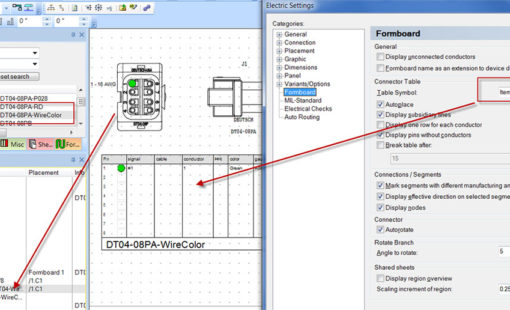
- Products

- Products
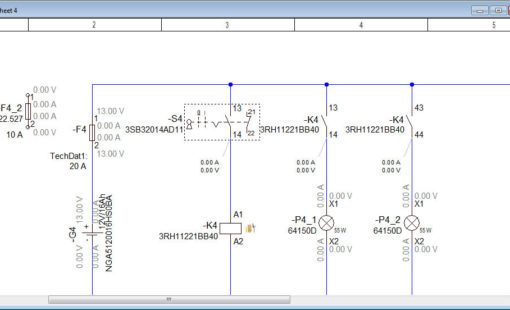
- Products
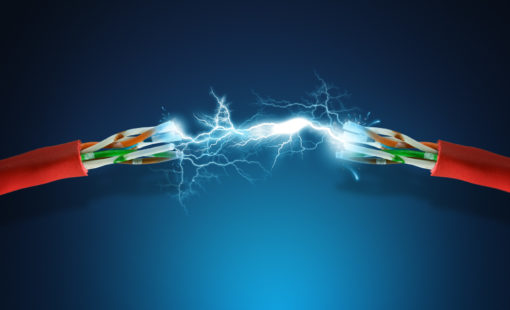
- Products
E3.series is a Windows-based, scalable, easy-to-learn system for the design of wiring and control systems, hydraulics and pneumatics. The out-of-the-box solution includes schematic (for circuit and fluid diagrams), cable (for advanced electrical and fluid design), panel (for cabinet and panel layout), and formboard (for 1:1 wiring harness manufacturing drawings). Integrated with MCAD, E3.series is a complete design engineering solution from concept through physical realization and manufacturing output.
